











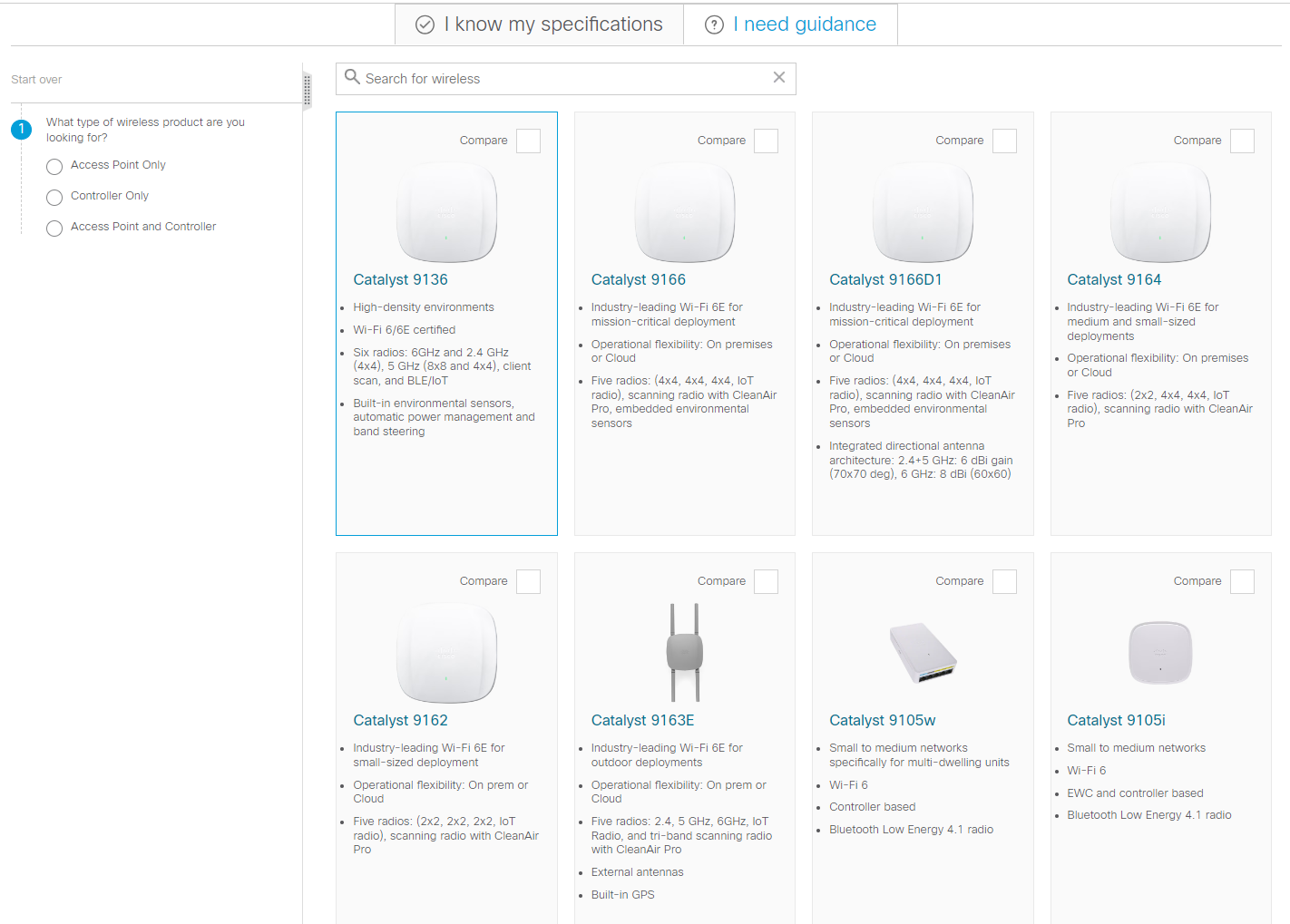



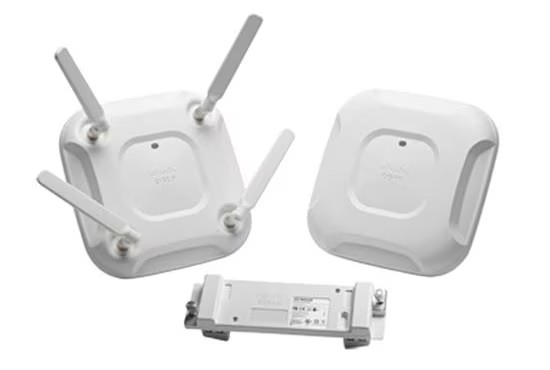


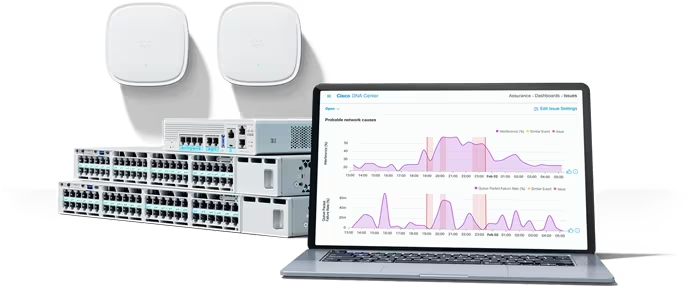




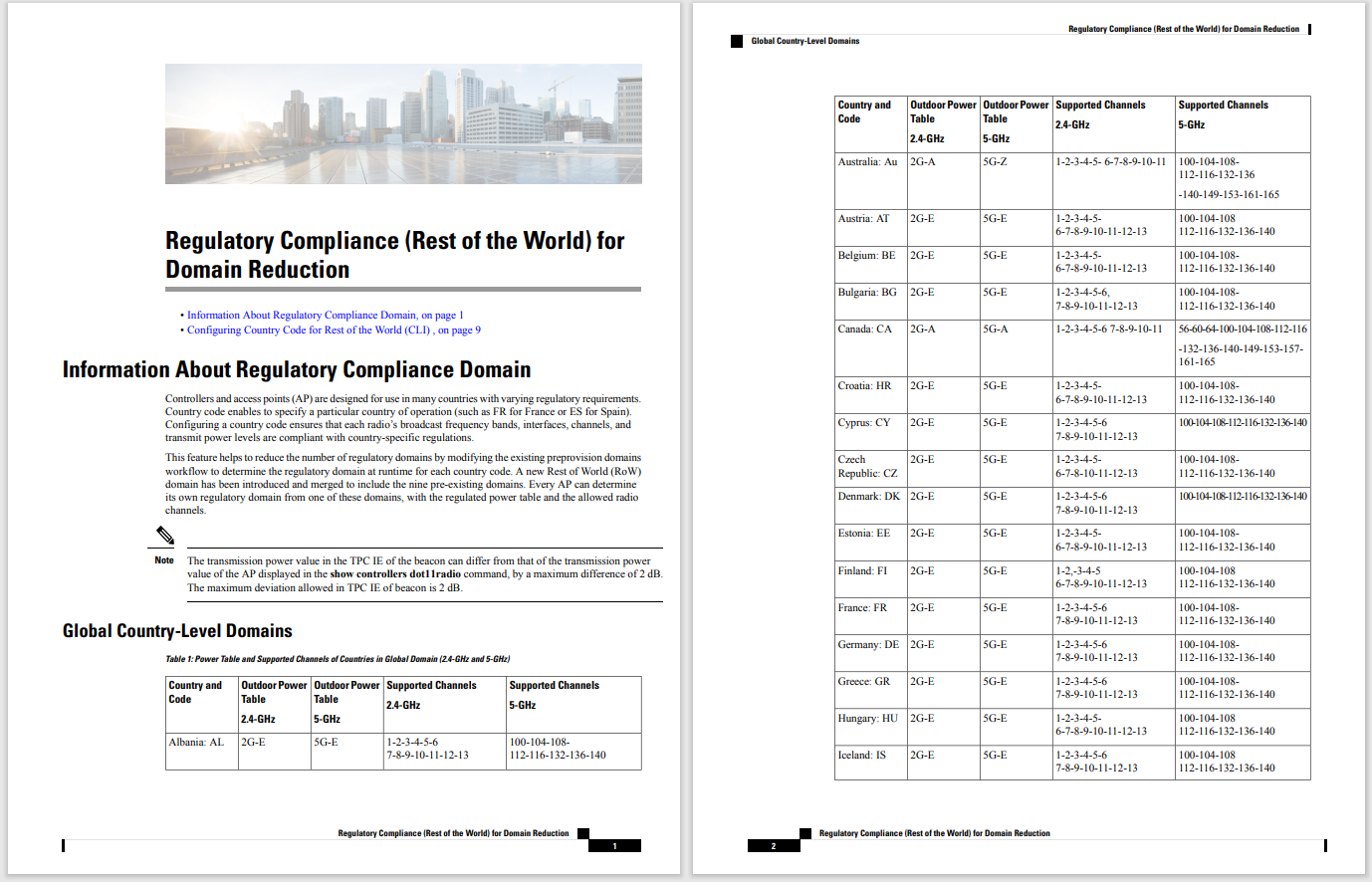
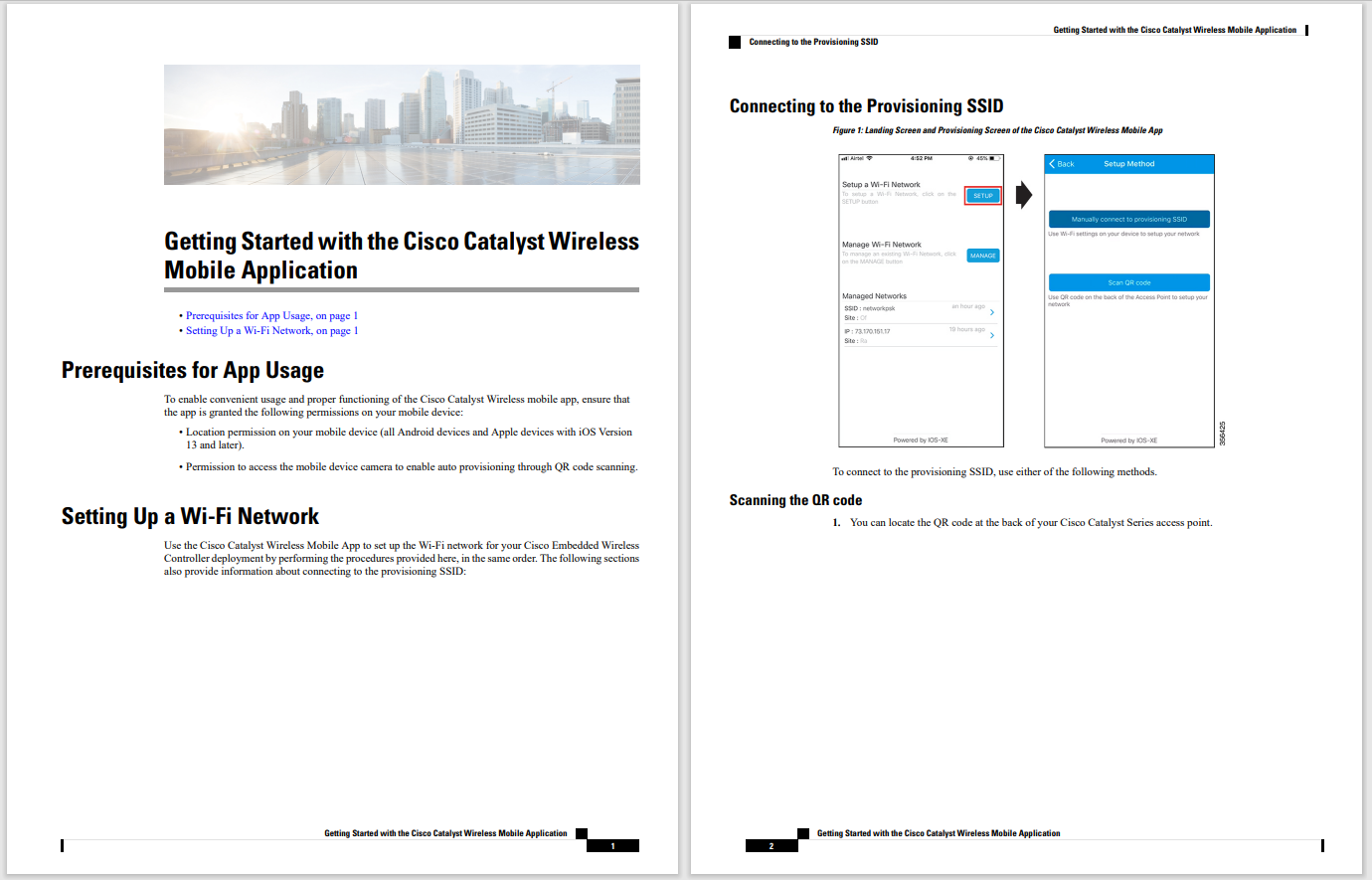
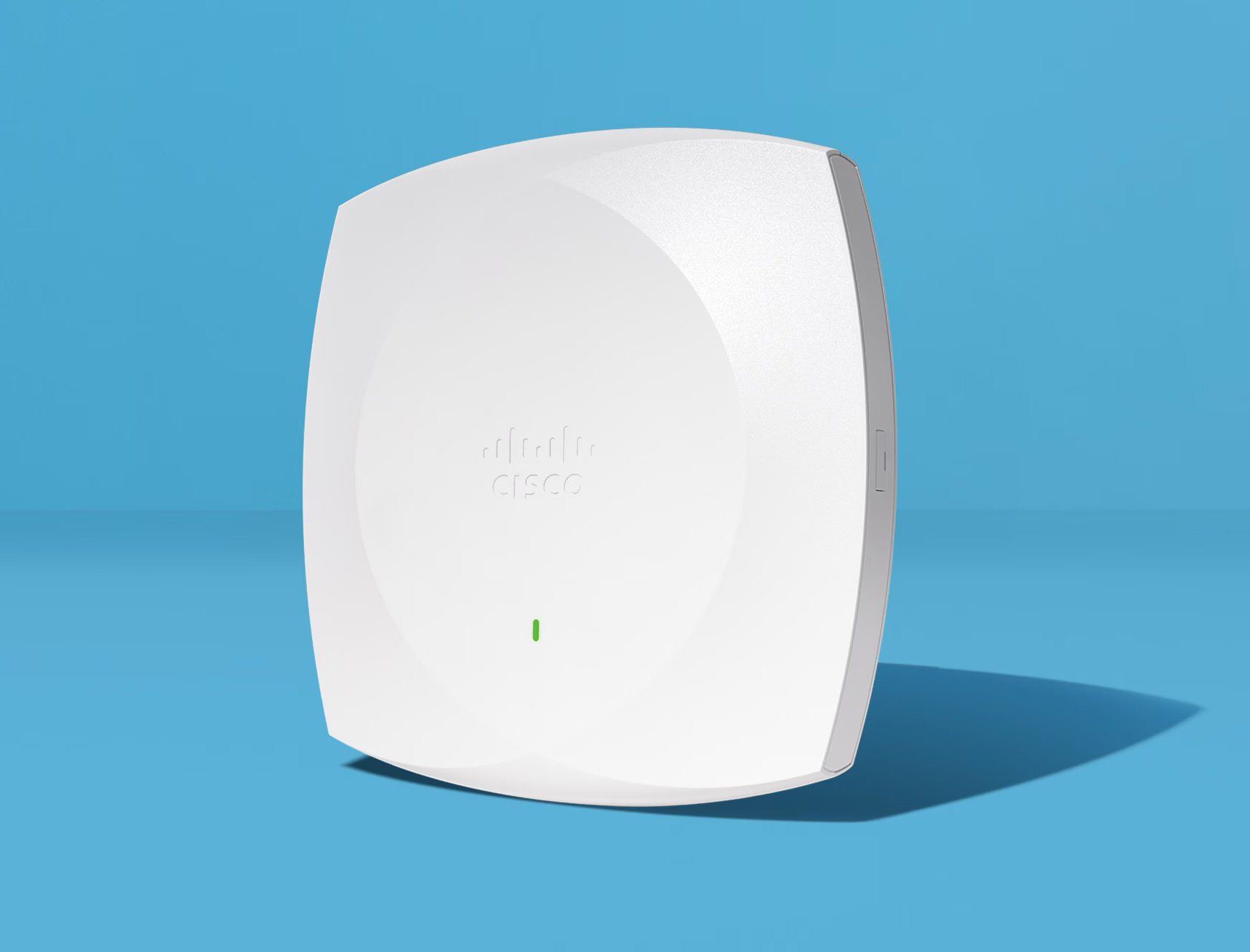
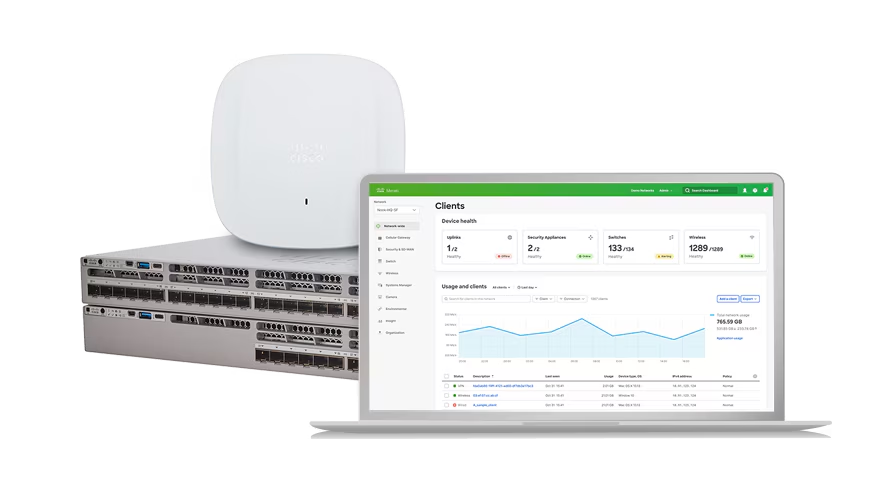
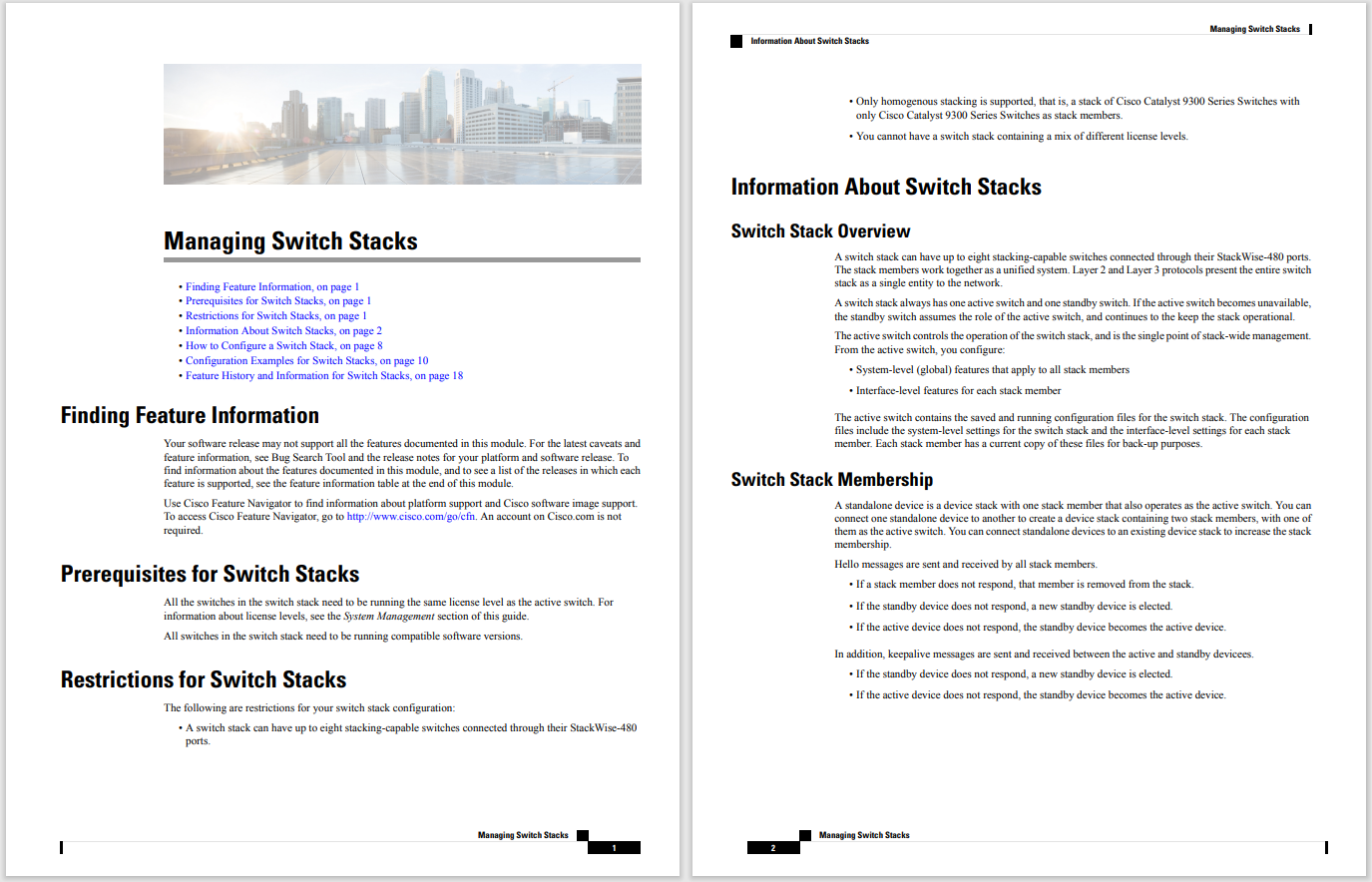



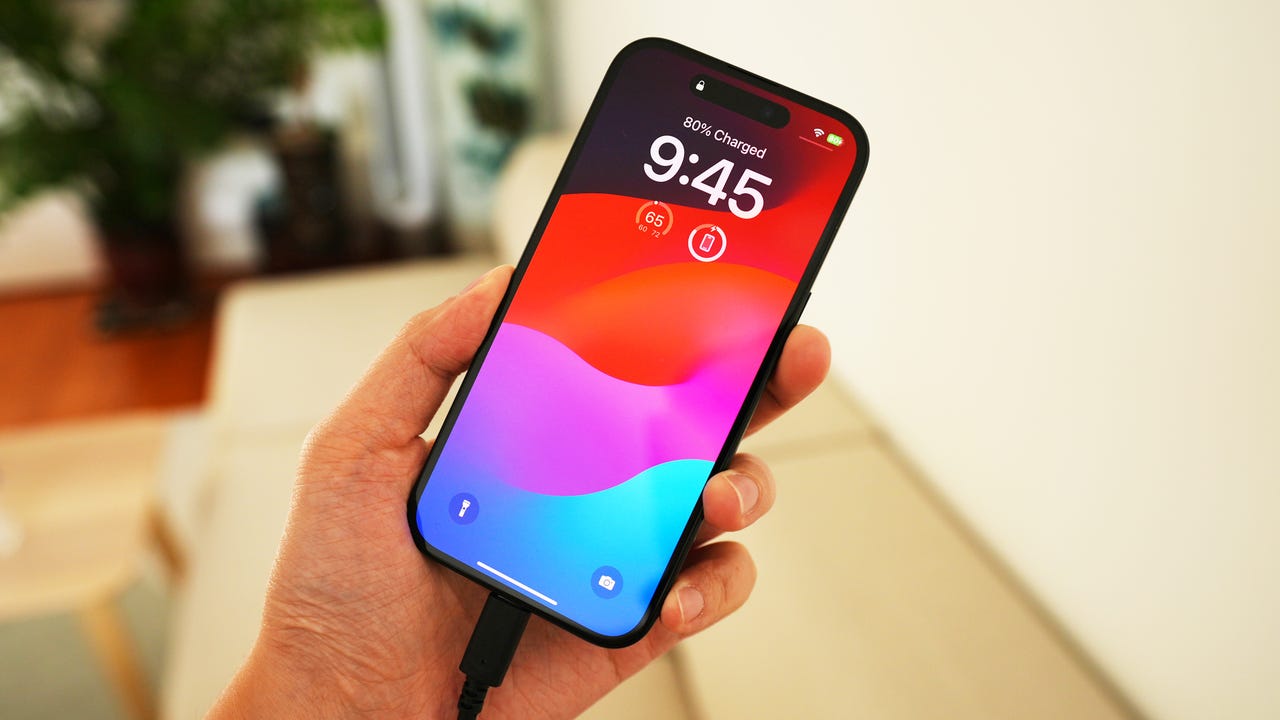 June Wan/
June Wan/ I fear that we in the tech media shoulder some responsibility for making people worry -- sometimes to the point of obsession -- about their smartphone's battery life. It amazes me how close of an eye some smartphone owners keep on their devices.
We're constantly monitoring our phone's health.
To be fair, I'm like that, too. A bit. No, not really.A lot.
Also: Do iOS updates wear out your iPhone's battery? The answer is not so obvious
And if there's one thing that we battery watchers get good at spotting, it's when the battery is discharging faster than normal. And there's no easier thing to notice than a battery going from 100% to 99%.
iPhone battery meter ticking over from 100% to 99%.
Adrian Kingsley-Hughes/When the battery was new, it may well have remained at 100% for a few hours. But after a few months of wear, that tick-over from 100% to 99% happens a lot quicker.
But why? Is this a problem?
No, it's nothing more than normal battery wear.
Every charge/discharge cycle that your iPhone goes through wears the battery a little.
According to Apple, the battery in your iPhone is designed to retain up to 80% of its original capacity at 500 complete charge cycles.
Also: iPhone battery bad after installing iOS 17.1? Try these 7 tips
You can see this measure if you tap onSettings > Battery > Battery Health & Charging. It's under the headingMaximum Capacity.
Battery Health on iOS 17 showing Maximum Capacity.
Adrian Kingsley-Hughes/The more you use your phone, the more it wears the battery. That's physics. And you can't change the laws of physics.
The bottom line: As part of the normal battery-wear process, your battery will lose about one percentage point off thisMaximum Capacityfor every 25 cycles.
Also: Make your iPhone super secure. This app shows you how
This, in turn, affects how quickly your iPhone's battery drops. That is, an old iPhone charged to 100% holds less charge than a new iPhone charged to 100% because of this wear.
But it gets more complicated.
If you watch thatMaximum Capacityfigure, you'll notice -- when your iPhone is new -- that it takes weeks, maybe months, before that 100% maximum capacity rolls over to 99%.
Why is that?
Because the battery inside your iPhone has a higher actual capacity than Apple claims. Apple underpromises on the capacity because new batteries have a natural variation in capacity, and Apple would prefer that your battery has slightly more capacity -- not less -- than what's in the spec sheet.
Also: The best MagSafe battery packs for your iPhone
If you're interested, you can actually get iOS to show you how much capacity your battery had when new, what its current capacity is, what its rated capacity is, and how many charge cycles it's been through.
Confused? Don't worry! Put simply, this means that when your battery is new, it can hold more power than its rated capacity; and because of this, it looks like it can stay at that 100% mark for longer.
So, is this slow erosion of how long your battery will stay at 100% a problem?
No.
This is what normal battery wear looks like.
Also: Why you should really stop charging your phone overnight
That said, there are a few steps you can take to take the stress off your battery to reduce additional wear.
So, if this is normal, what are the signs of a dying battery?
Here's what I look out for:
These are signs that your battery could be worn. But remember, all is not lost! It's not much of a hassle to get it replaced, giving your iPhone a new lease of life.
 Tags quentes :
Tecnologia
Nosso processo
Smartphones
iPhone
Tags quentes :
Tecnologia
Nosso processo
Smartphones
iPhone